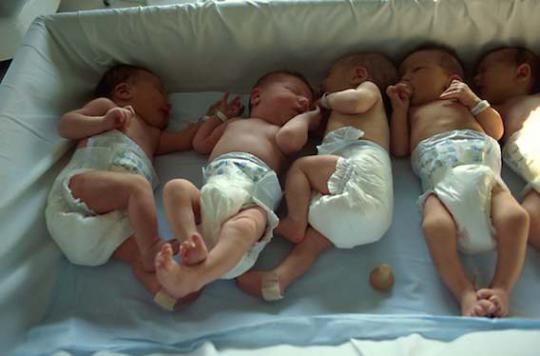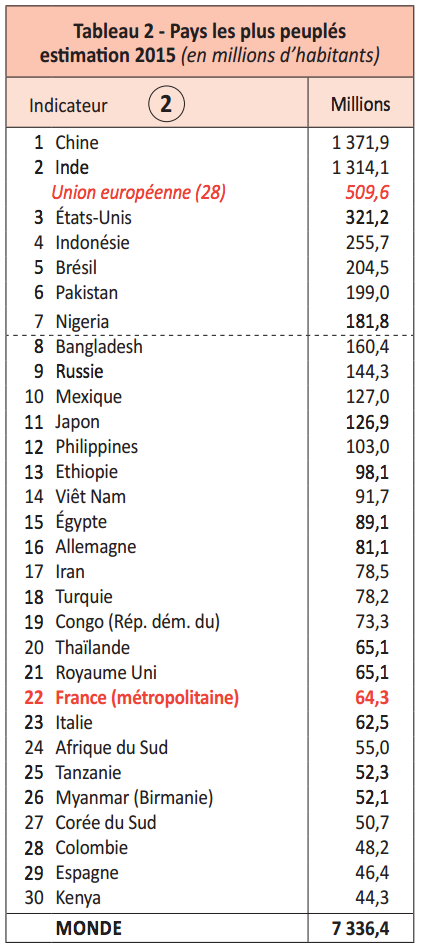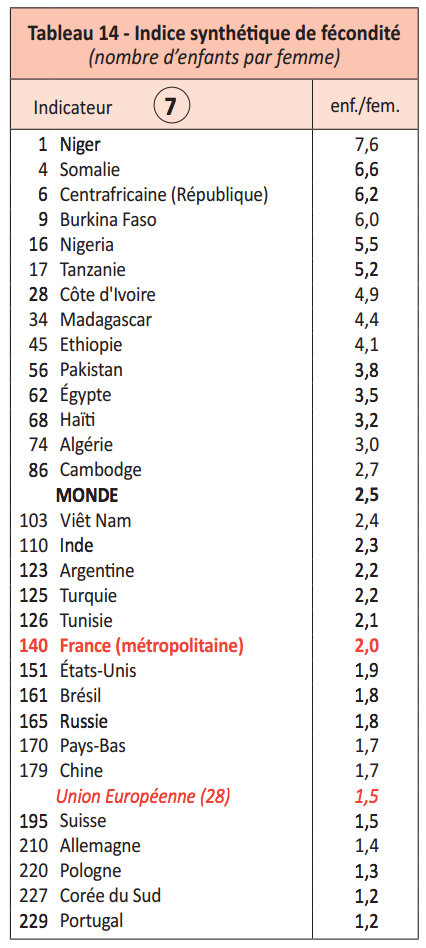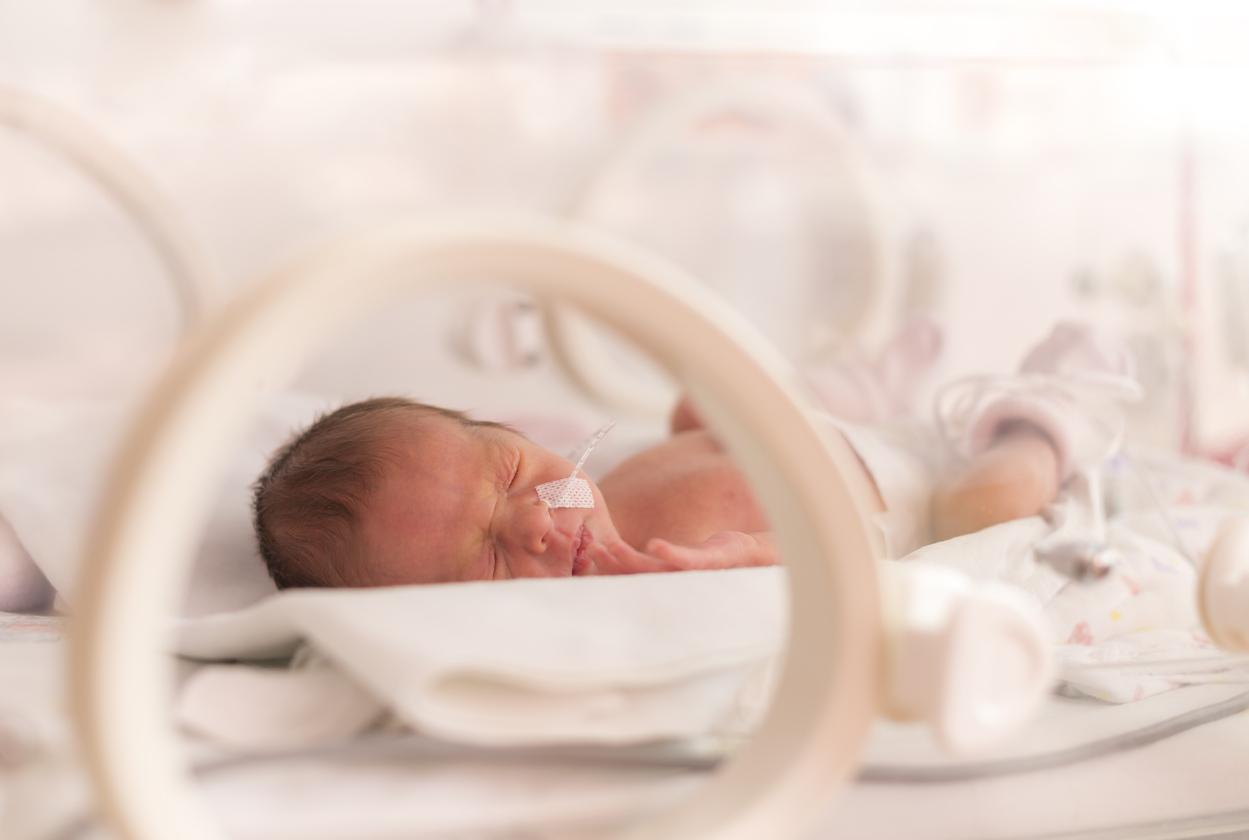Good reproductive dynamism, good life expectancy, but still poor survival of pregnant women: such is the picture of the world population in 2015.

7.34 billion human beings inhabit the Earth. In an issue devoted to the state of the world’s population, National Institute for Demographic Studies (INED) provides an overview of international demography. 7 countries concentrate half of the inhabitants of our planet. But these are also those where fertility remains quite low.

2 children per woman
The fertility rate remains high around the world: on average, a woman has 2.5 children during her lifetime. France stands out from other Western countries with a relatively sustained dynamic (2 children per woman) and above the European Union average (1.5). This explains a positive natural increase, where Europe continues to stagnate and where Germany and Italy are regressing. Result: in mid-2015, the population of France is estimated at 64.3 million inhabitants.
We are still in the middle of the fertility ranking, at 140e position on 229 countries analyzed. Note, however, that the United States overtakes Brazil and China in terms of fertility.

71 years of life expectancy
A strong demographic dynamism, of course, but pregnant women continue to be poorly protected. INED counts 136 deaths per 100,000 births. The European Union is well above this average, with 8 deaths per 100,000 live births. France, it points to the 29e position of this ranking, distinguished by a fairly positive approach.
Life expectancy at birth remains quite high around the world, with an average of 71 years. Sierra Leone stands out for its poor result: 45 years. In Europe, it is almost twice as high, with 80 years. France exceeds this good result and is at 8e world rank.
.
















